There late blight of lettuce (Bremia lactucae) is the most feared cryptogamic disease for lettuces and salads in generaland this is true for all most common varieties. This adversity can affect lettuces grown in greenhouses and in open fields, in the different vegetative stages of the plants. The development of the fungus responsible for this species of downy mildew is favored by cold and rainy climatic conditions, and the damage can be significant and jeopardize, if not even destroy, the entire crop.
Therefore, to avoid the attacks of this fungal disease on lettuce fields, the best thing is to observe careful agronomic practices, which we will explain in this article.
Downy mildew Bremia lactucae
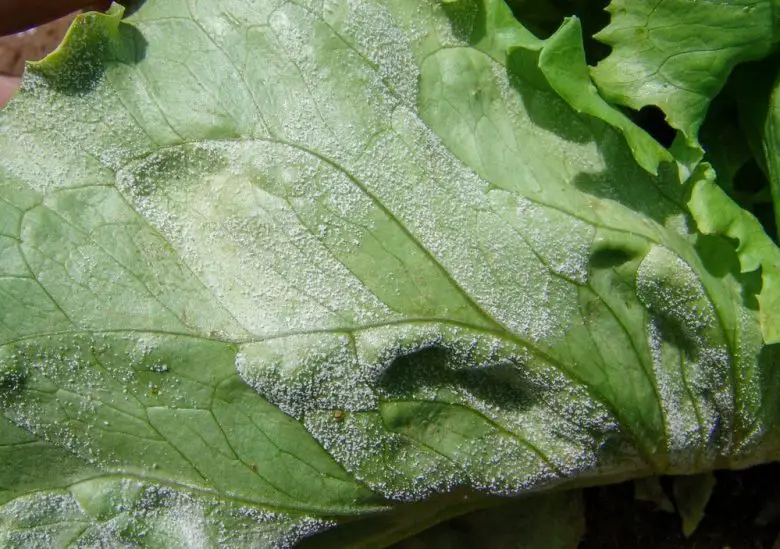
There Bremia lactucae is an oomycota fungus of the family Peronosporaceae. This pathogen is highly specialized and up to 25 different physiological races are known. The optimal development of the mushroom takes place in cold and rainy climatic conditions, with temperatures between 10 and 15 °C.
Germination of sporangia usually occurs by means of a germ tube which forms an appressorium to penetrate lettuce leaves through the stomata. Subsequently, symptoms appear and new conidia are produced on the underside of the leaves. The fungus overwinters in the form of oospores on the crop residues of the affected plants and remains viable for 12 months or more.
Symptoms of downy mildew and damage on lettuces
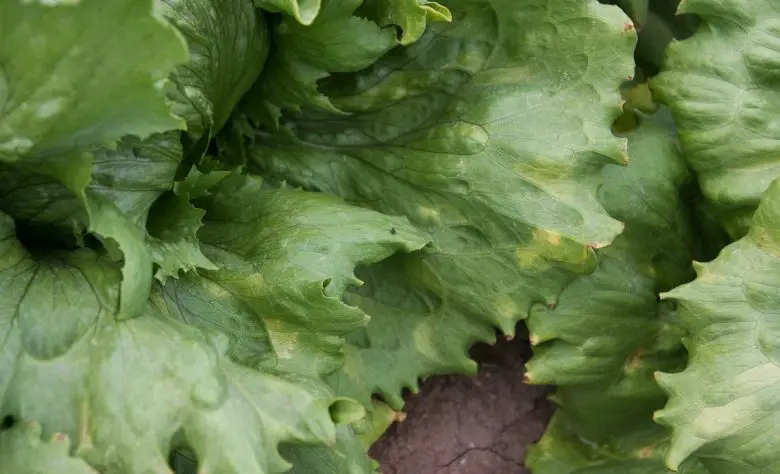
Downy mildew infections Bremia lactuae they can affect lettuce at any stage of development. They are therefore also at risk seedlings in the nursery and great care must be taken to choose healthy plant material.
For the climatic conditions favorable to the fungus are more at risk fall lettuce transplantsminus the spring ones, rarely the summer ones.
The first visible symptoms on the leaves are yellowish polygonal spots delimited by secondary veins. They are observed on the upper surface of the outermost leaves of the tuft, perhaps in contact with the ground. If the climatic trend continues to be favorable for the fungus, a typical whitish powdery mold forms in correspondence with the chlorotic spots, but on the underside. If the infection continues, it extends to the core of the stem, causing the total loss of the vegetable.
How to prevent lettuce blight
For those who practice organic cultivation it is very important to adopt preventive agronomic actions in the field, in order to avoid as much as possible the risk of the onset of the disease.
The first thing to do is respect the crop rotations, avoiding having the lettuce follow itself, which is very common in home gardens. It should take at least 1 year to repeat the culture, 3-4 years if there has been a previous infestation.
Another decisive shrewdness is to remove the crop residues of affected plants, it is there in fact that downy mildew is preserved and transmitted.
Then there are other more specific measures, concerning the cultivation technique of lettuce. First of all it is necessary to guarantee well-drained soils, possibly on raised pallets. Then avoid excessive use of organic fertilisers and prefer thedrip irrigation (moderate).
Finally, respect a correct planting density (which you will find for all the vegetables in the our table), leaving at least 20-25 cm of space between one plant and another.
For lettuce crops in greenhouse or tunnel it is very important to favor the aeration of the rows.
Treatments allowed in organic farming against lettuce downy mildew
There are not many products that can be used to treat and prevent lettuce blight. The most used is the classic copper, respecting the limits of use authorized for the crop. If the seasonal environmental conditions are favourable, a treatment 8-15 days after transplanting can have good preventive efficacy against downy mildew.
Close to the harvest, in order not to repeat the treatment with copper-based products, you can use thesweet orange essential oilwhich we have already told you about.
In the microbiological fight, in recent years the use of formulations based on is being tested with good results Bacillus amyloliquefaciens (logs FZB24 and D747), which are on sale only from specialized companies and retailers.
Insights and sources
The photographic sources are from: IPM Images. Joint project between The University of Georgia – Warnell School of Forestry and Natural Resources and College of Agricultural and Environmental Sciences, the Center for Invasive Species and Ecosystem Health, the USDA National Institute of Food and Agriculture, the Southern Integrated Pest Management Center, the Southern Plant Diagnostic Network and the USDA Identification Technology Program.

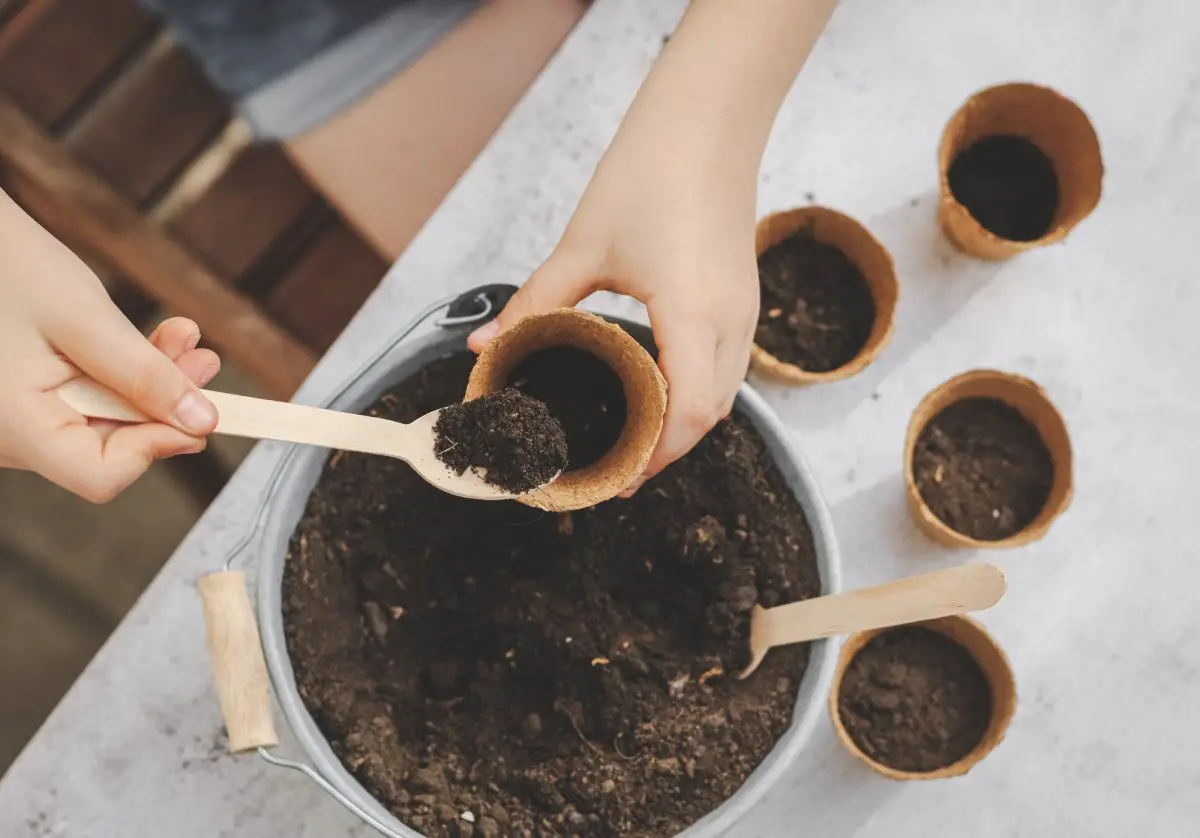
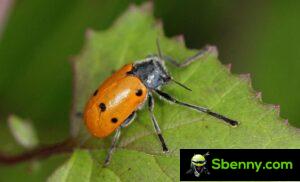
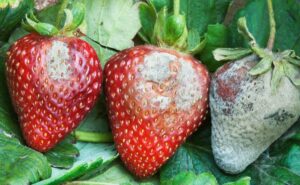
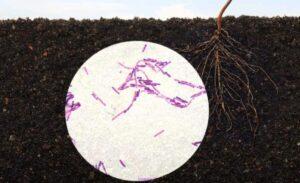

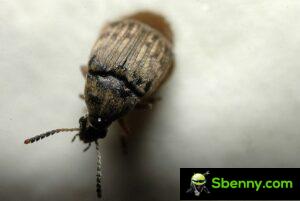
Start a new Thread